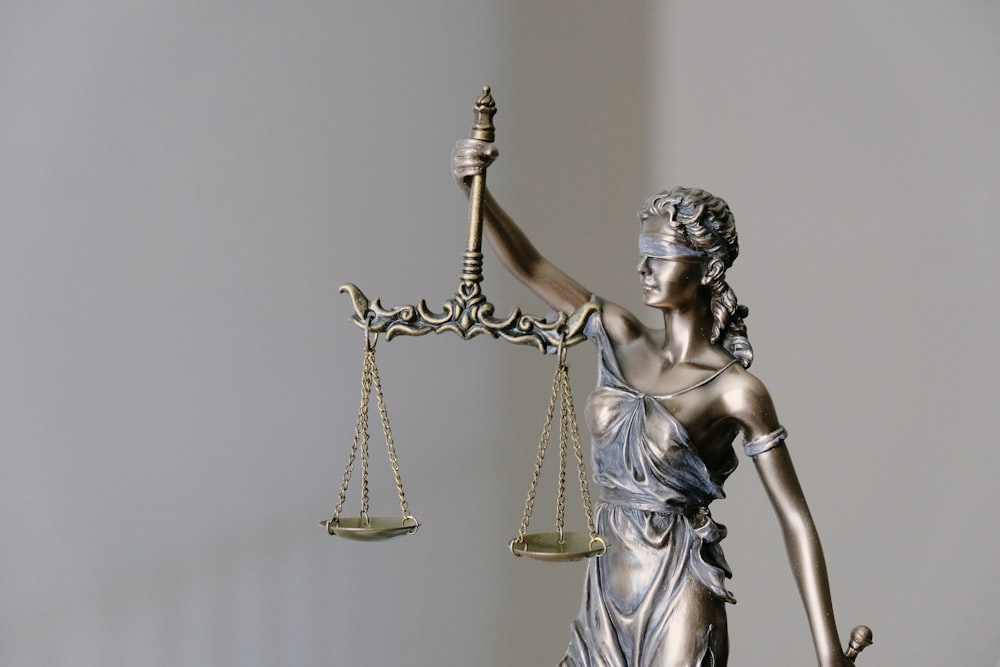Introduction
Legal liability is a fundamental concept in law, encompassing the obligations and responsibilities that individuals and entities have under the law. In this article, we delve into the essential principles of legal liability, providing clarity on its meaning, scope, and implications in various contexts.
Defining Legal Liability
At its core, legal liability refers to the legal obligation to perform certain actions or refrain from certain behaviors. It arises when a person or entity is found to be responsible for causing harm or violating the rights of others. Legal liability can stem from contractual agreements, statutory duties, or common law principles, and it may vary depending on the specific circumstances of each case.
Types of Legal Liability
Legal liability can take various forms, including civil liability, criminal liability, and regulatory liability. Civil liability arises from violations of civil laws and typically involves disputes between private parties, such as individuals or businesses. Criminal liability, on the other hand, results from the commission of crimes and can lead to penalties such as fines, imprisonment, or probation. Regulatory liability pertains to violations of regulations imposed by government agencies and may result in administrative sanctions or fines.
Principles of Legal Liability
Several key principles underlie legal liability, including negligence, duty of care, proximate cause, and foreseeability. Negligence involves a failure to exercise reasonable care, resulting in harm to another party. Duty of care refers to the legal obligation to act in a manner that avoids causing harm to others. Proximate cause establishes a direct connection between the defendant’s actions and the resulting harm, while foreseeability assesses whether the harm was reasonably foreseeable based on the circumstances.
Understanding Tort Liability
Tort liability is a common form of civil liability that arises from wrongful acts or omissions that cause harm to others. It encompasses various types of torts, including negligence, intentional torts, and strict liability. Negligence occurs when a person breaches their duty of care, resulting in harm to another party. Intentional torts involve deliberate actions that cause harm, such as assault, battery, or defamation. Strict liability imposes liability without fault for certain inherently dangerous activities or products.
Liability in Contract Law
Contractual liability arises from breaches of contract, where one party fails to fulfill their obligations under a legally binding agreement. When a party breaches a contract, they may be held liable for damages, such as compensatory damages, punitive damages, or specific performance. Contract law principles, such as offer, acceptance, consideration, and capacity, govern the formation and enforcement of contracts and play a crucial role in determining liability.
Corporate and Business Liability
Businesses and corporations are subject to legal liability for their actions and operations. Corporate liability can arise from various sources, including negligence, product liability, environmental violations, and regulatory non-compliance. Corporate officers and directors may also be held personally liable for certain actions, such as breaches of fiduciary duty or fraudulent conduct. Understanding and mitigating corporate liability risks is essential for protecting both the company and its stakeholders.
Professional Liability
Professionals, such as doctors, lawyers, accountants, and architects, are held to a higher standard of care in their respective fields. Professional liability, also known as malpractice or professional negligence, occurs when a professional fails to meet the standard of care expected in their profession, resulting in harm to a client or patient. Professional liability insurance helps protect professionals from financial losses associated with legal claims of malpractice.
Employer Liability
Employers have legal obligations to provide a safe and fair work environment for their employees. Employer liability encompasses various issues, including workplace safety, discrimination, harassment, wrongful termination, and wage and hour violations. Employers may be held liable for violations of labor laws, workplace injuries, or discriminatory practices, and may face legal action from current or former employees, government agencies, or third parties.
Conclusion
Understanding legal liability is essential for individuals, businesses, and organizations to navigate the complexities of the legal landscape effectively. By grasping the principles and implications of legal liability, parties can identify potential risks, take proactive measures to mitigate liability exposure, and uphold their legal obligations under the law. Read more about Legal liability



